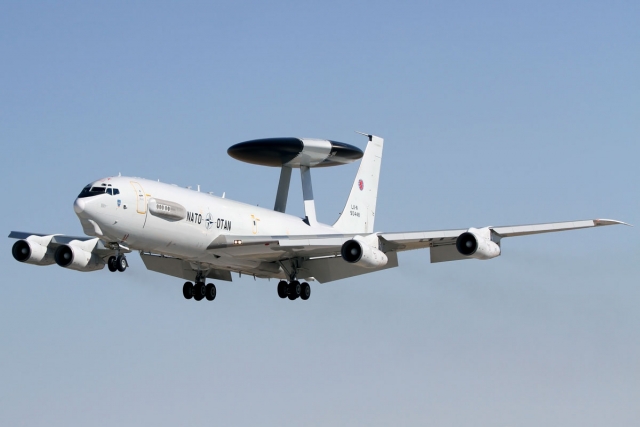 NATO awards contracts for E-3 replacement
NATO awards contracts for E-3 replacement
On 31 March 2022, the NATO Support and Procurement Agency (NSPA) has awarded contracts to the Boeing ABILITI Consortium, the Airbus and Northrop Grumman ASPAARO team, and General Atomics, to conduct Risk Reduction and Feasibility Studies (RRFS), as part of the Alliance Future Surveillance and Control (AFSC) initiative.
These studies will help redefine the next steps on how North Atlantic Treaty Organisation (NATO) will conduct surveillance and control after the planned retirement of the current Boeing E-3A Airborne Warning and Control System (AWACS) fleet around 2035.
In July 2021, NSPA launched the competition for Risk Reduction and Feasibility Studies to develop and analyse the feasibility of three promising concepts identified during the initial high-level concept studies. 65 companies were nominated to participate in the bidding. The Agency awarded three contracts, one per study, from the seven bids received. Each contractor has been awarded a EUR 15,5 million contract to develop and detail a realistic Technical Concept and analyse its feasibility and risks for implementation.
The industry team led by Boeing will study how best to replace NATO’s E-3A AWACS system, which will retire in 13 years. Boeing is doing a similar study for the USAF centered on the Boeing E-7 Wedgetail platform, which Air Force leaders recently hinted could be the replacement for retiring the E-3 AWACS with the USAF. It is not known on what type of asset the other two teams are concentrating.
The E-3A AWACS has been NATO's key surveillance and control asset since the 1980s, and will retire around 2035, after 50 years of service.
Photo by Jille Kameraat (Scramble Archive)

